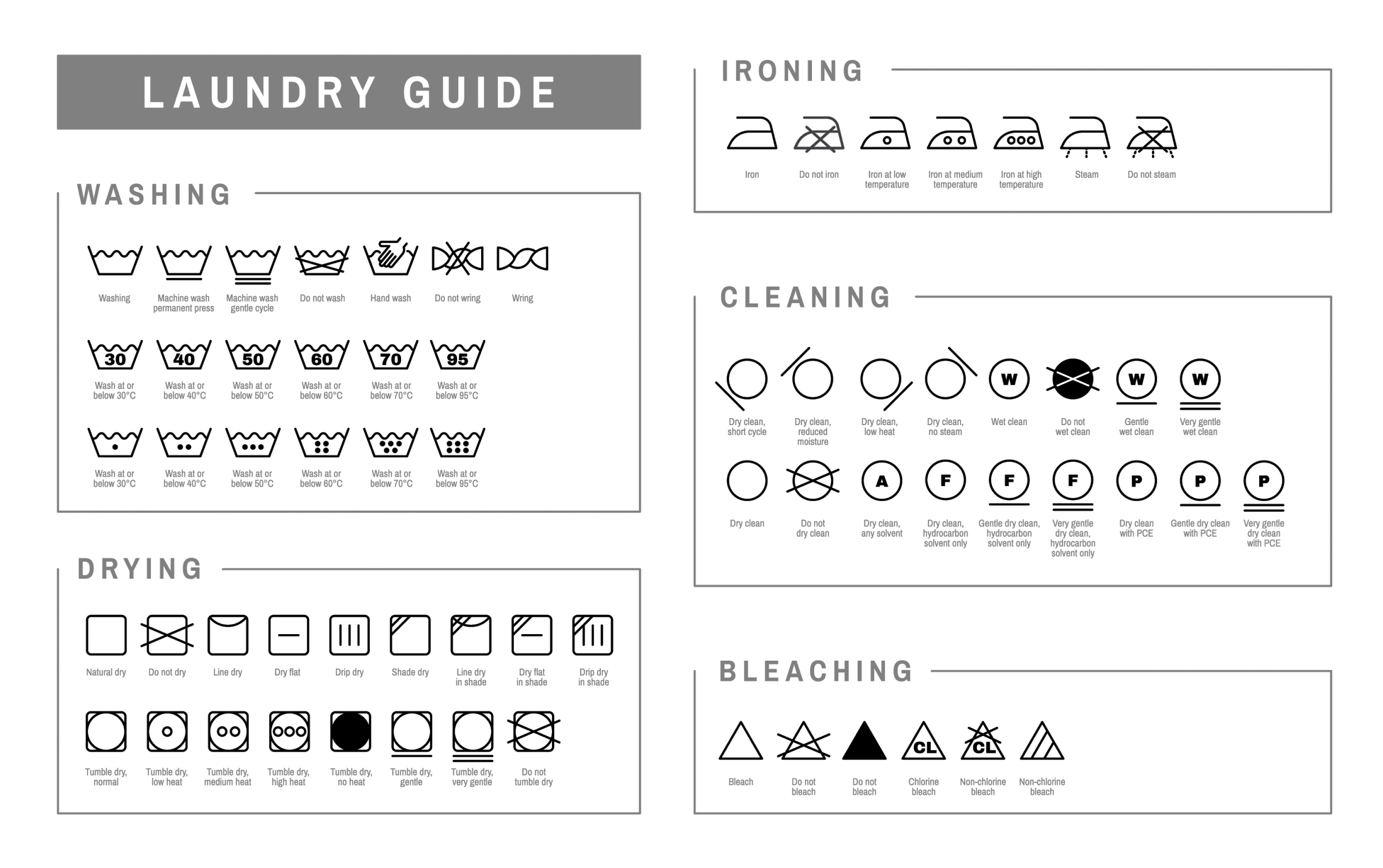Embarking on a new yarn project? Understanding how to read a yarn label is the first step toward selecting the perfect yarn for your project and ensuring its success. So, let’s dive into the world of fibers, weights, and care instructions as we demystify the art of interpreting yarn labels.
Care instructions, fiber content, and weight specifications—each nugget of information is a crucial piece of the puzzle, contributing to the overall quality and appearance of your finished piece.
Fiber content
Fiber content details can be found on every yarn label. For example, take a look at the picture above, which displays a label with the fiber content of 80% wool and 20% acrylic.
The fiber content is a sneak peek into how your project will look, feel, and behave. Is it going to be a cozy, warm sweater or a breathable summer top? The fiber content holds the answers. For example, acrylic is lightweight, budget-friendly, and machine-washable. Ideal for projects that need durability without compromising on softness. While cotton is great for summer wear, dishcloths, and baby items.
READ MORE: Yarn Fiber Types: Choose the Perfect Yarn for Your Project
Yarn Weight
In this section, I’ll provide an insightful overview of yarn weights and why they’re critical for every crafting venture.
Yarn weights come in a standardized spectrum, each category offering distinct advantages for specific projects. Understanding these categories equips you with the knowledge to match your vision with the perfect yarn weight. These categories are (from 0-7): lace, super fine, fine, light, medium, bulky, super bulky, jumbo. Want to know more about yarn weight categories? Read yarn weight chart.
Physical weight and yardage
When a yarn is labeled as “50g.” or “oz. 1 ¾” it denotes the yarn’s physical weight or mass. This indicates that the yarn skein or ball has a weight of 50 grams, measured commonly in grams (g) or ounces (oz). Physical weight of yarn is not the same as yarn weight discussed above.
On the yarn label you can also find yardage, usually printed next to the physical weight of a yarn. It’s expressed in yards (yds) or meters (m). This number means how many meters of yarn you get in one skein of given yarn. So, if your label says 50g 100m (or oz. 1 ¾ yds 109), it means that your yarn has 50 grams and is 100 meters long (or 1 ¾ ounces and 109 yards long).
If you have leftover yarn you can calculate its yardage. For example, if your yarn is 100g 35m, you can calculate the length of one gram by dividing 35m by 100g. You get that one gram of your yarn is 0.35 meters long (0.35 m/g). If you have 10 grams of leftover yarn, that leftover yarn is 3.5 meters long (multiplying 10 g with 0.35 m/g you get 3.5m).
Care Instructions
This provides the necessary information on how to wash and dry your knitted garment.
Dye Lot and Batch Numbers
Every yarn label has a color number and a lot number written on it. This refers to the color of yarn. When purchasing multiples, ensure the dye-lot numbers align. Despite yarn balls seeming identical, subtle variations may become apparent in the finished knitted item.
Dye lot is sometimes referred to as “shade” or “color”, and batch number is the same as “lot”.
Suggested needle size and gauge
On the yarn label, you’ll find valuable guidance on the suggested needle and hook size for your project. Additionally, there’s a helpful visual aid—a small swatch measuring 10×10 cm. This swatch provides essential information, indicating the number of stitches in a 10 cm column and the number of rows in the same span. Understanding and following these suggestions ensures that your finished piece aligns with the intended size and appearance.